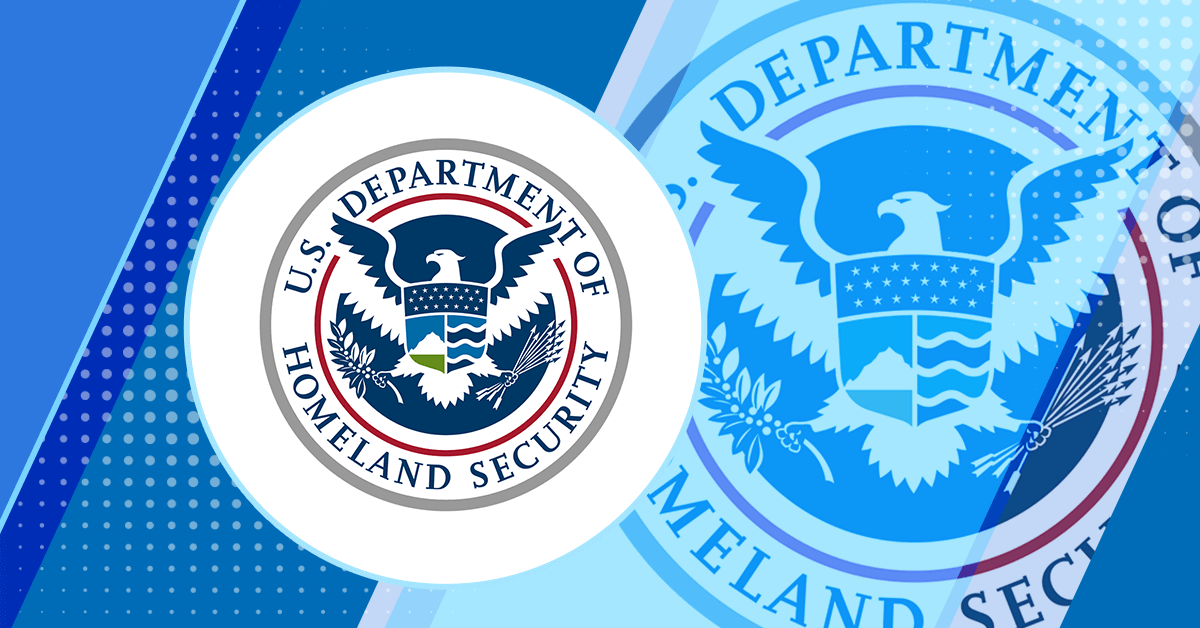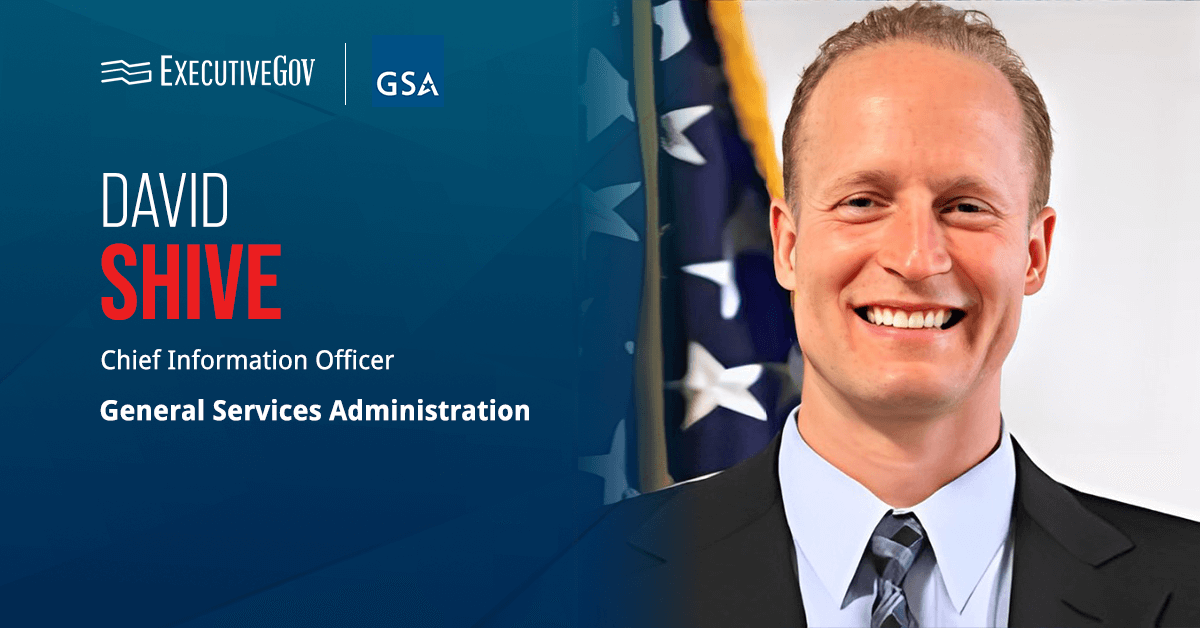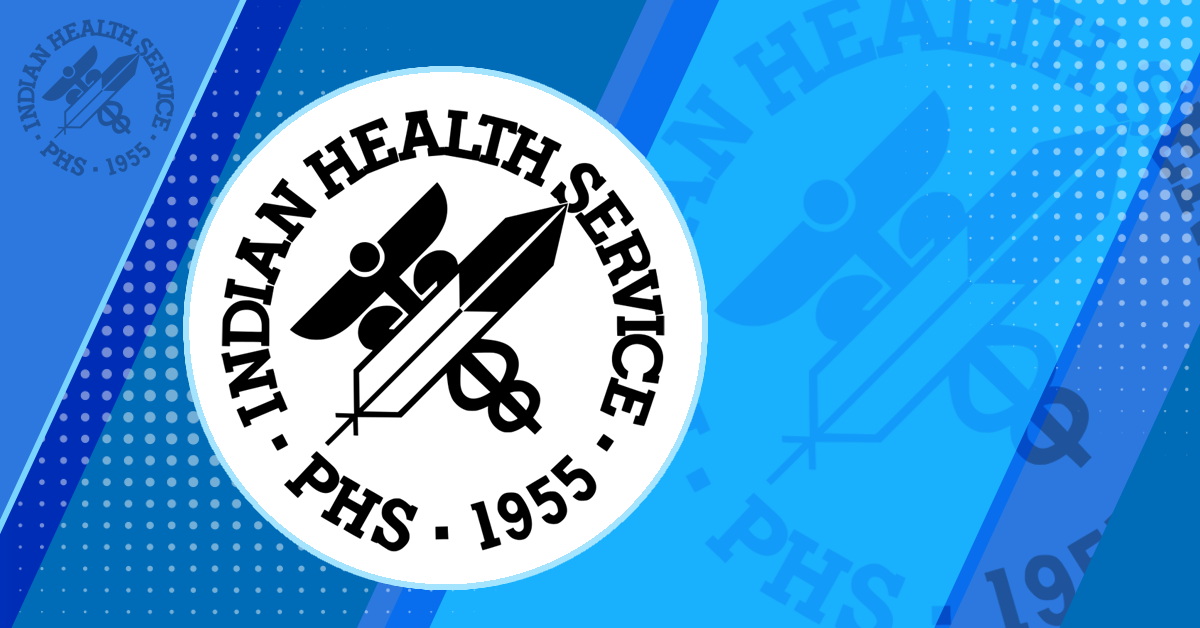Executive Mosaic’s GovCon Index ended last week with an average of $5,640.35, marking a 4.9% rise from the previous week. This was the index’s best weekly performance and highest close of the year.
GovCon Index tracks live data on the stock market performance of 30 notable government contracting companies. Users can leverage this data to access the financial status of each organization and broaden their understanding of key trends in today’s GovCon environment.
Leading GovCon Index Performers
Numerous companies ended last week with significant gains, most notably Palantir Technologies, which grew by 39.29%, while Mercury Systems followed behind with a 28.69% rise. Kratos Defense & Security Solutions rose 13.55% after its 9.03% increase Friday. In mid-week, V2X and Carlyle Group gained 9%.
Mercury Systems passed analysts’ earning estimates for Q1 fiscal year 2025. In the three months leading to Sept. 27, sales rose to $204.4 million, 11% from a year prior, while the $17.52 million net loss was a 109.5% improvement from Q1 fiscal year 2024.
Bill Ballhaus, CEO and chairman of Mercury Systems, said, “I am optimistic about our strategic positioning and expectations to deliver predictable organic growth with expanding margins and robust free cash flow.”
The index recorded gains in four of five trading sessions, rising over 1% in three days and had its best showing on Wednesday, increasing 1.99%. Visit GovConIndex.com to view the complete list of tracked companies.













